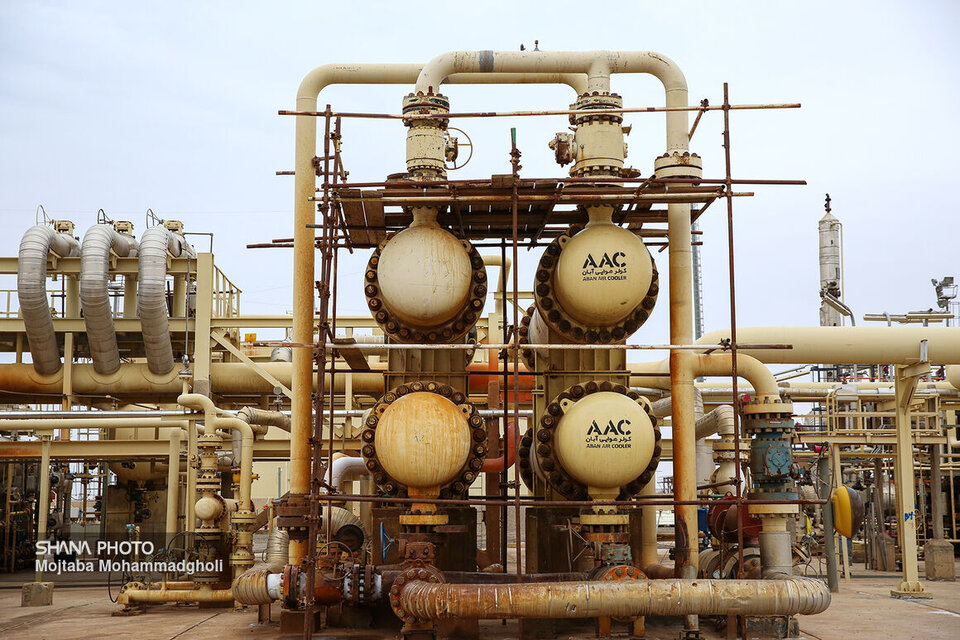The Sarajeh gas field, Iran’s first underground natural gas storage facility, began operations in 2015 to support the national gas grid during high-consumption periods. Located in Iran’s central desert with unique geological features, it currently stores 1 billion cubic meters of gas annually and extracts 10 million cubic meters per day, using optimized infrastructure and domestic technology.
The second-phase development project, launched in 2022 and 2023 in upstream and downstream sections, aims to enhance gas network stability and winter peak-shaving. Once completed by year-end 2024, storage capacity will reach 1.5 billion cubic meters, with daily extraction peaking at 15 million cubic meters. Due to its proximity to other storage projects like Nasrabad and Shourab, Sarajeh is poised to become a regional gas storage hub. Economically, it remains one of the most cost-effective storage methods globally.
Expanding capacity: Sarajeh’s major step forward
Saeid Rajabzadeh, head of gas storage projects at the Iran Gas Engineering and Development Company (IGEDC), noted that the Sarajeh field was discovered in 1959, located 130 kilometers south of Tehran. Sixteen wells have been drilled so far, with the first development phase converting it into a storage facility starting in 2005. Full operation began in 2015, allowing 1 billion cubic meters of gas injection during warm months and up to 10 million cubic meters of daily extraction in winter, depending on climate conditions.
He explained the injection-extraction cycle: Gas is injected from the national grid into Sarajeh during eight warm months, then extracted and redistributed during four cold months.
Geological advantages & technical upgrades
Rajabzadeh highlighted the field’s northwest-southeast anticline structure, spanning 25 km long and 5 km wide. The reservoir is fractured, with production and injection occurring through natural fissures. The tight rock matrix plays a minimal role.
To boost extraction, a dehydration and slug catcher unit was added, addressing water production issues and enabling higher winter output. Gas injected into Sarajeh must be sweet (hydrogen sulfide-free) and dry, with strict HSE protocols ensuring worker safety.
Why depleted reservoirs are ideal for storage
Rajabzadeh emphasized that depleted hydrocarbon reservoirs are the most common and cost-effective gas storage method, leveraging known geological traits. Sarajeh’s current emergency withdrawal capacity is 10 million cubic meters per day in winter.
Phase Two: Boosting storage & regional hub potential
The second phase, split into upstream (2023) and downstream (2022) sections, will raise capacity to 1.5 billion cubic meters annually and 15 million cubic meters daily upon completion by late 2024.
With nearby projects like Nasrabad and Shourab, Sarajeh could become a central gas storage hub. No further expansions are planned in the next 5–10 years. Globally, depleted reservoirs, salt caverns, and aquifers are standard storage methods—placing Sarajeh in a competitive position.
Economic & strategic benefits
The project reduces reliance on gas imports or liquid fuels during peak demand, particularly for central Iran, including Tehran. Rajabzadeh stressed the need for integrated upstream-downstream management to maximize efficiency.


Your Comment